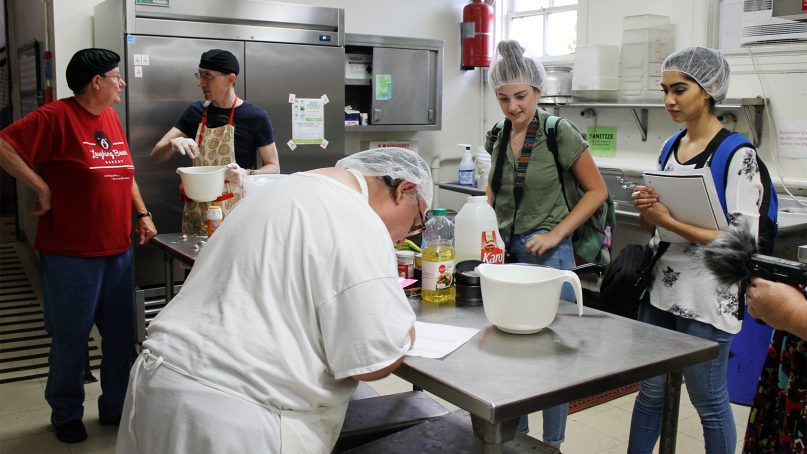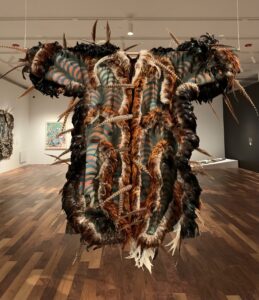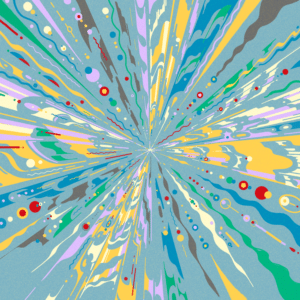In this spotlight on SLU’s Lived Religion in the Digital Age initiative, scholars are finding and documenting the practice of religion in expected and unexpected ways, as it is expressed within houses of worship as well as in secular environments and situations such as parks, ball games, and yoga classes.
The SLU project uses photos, interviews and other data to map religious happenings around the city. The idea is to capture the varieties and complexities of religious practices — some in conventional religious spaces such as churches and others at places such as Busch Stadium, a baseball park in St. Louis — to build a better understanding of the way religion is lived.
“It’s my style to come in very informally and make friends first,” before bringing a camera or audio recorder, said Park, one of the project’s many investigators.
Lived Religion is a method of studying religion that focuses on religious practices and beliefs in everyday life — not only those that take place in a church or during a religious celebration.
The SLU project differs in part from previous lived religion efforts by emphasizing location—St. Louis—and focusing on “how religion is built into the experiences and structures of this particular place,” said Rachel Lindsey, a professor of religion who launched the initiative at the start of the 2018-2019 school year.
“What our project seeks to do is to reposition or continue to position religion as a part of the human experience,” said Lindsey, who also teaches a class called Arch City Religion about religion in St. Louis.
Lindsey and her co-director, Pauline Lee, a SLU professor of Chinese religions and culture, received a $400,000 grant from the Henry Luce Foundation for the project. They have used faculty, undergraduate and graduate students to collect data.







